
A biopsy is a crucial medical procedure that entails collecting a small sample of cells or tissue for careful examination under a microscope. It’s a diagnostic method used by doctors to investigate suspicious abnormalities or detect various health conditions, notably cancer. Out of the different kinds of biopsies, this article focuses on one particular technique: the Core Needle Biopsy (CNB).
Core Needle Biopsy is a minimally invasive procedure used to remove small samples of tissue from the body using a hollow core needle. Its value in medical diagnostics is quickly rising due to its improved accuracy, safety, and cost-effectiveness compared to older biopsy methods such as surgical biopsy.
Deep Dive: The Core Needle Biopsy Definition
Core Needle Biopsy (CNB) is an invasive diagnostic procedure where a physician uses a biopsy needle – which is wider than that used in a fine needle biopsy (FNA) – to obtain a larger, cylindrical sample (core) of tissue or cells from an organ or mass. By analyzing the core, physicians can accurately diagnose, classify, and plan the treatment for various medical conditions.
The key component used in this procedure is the core needle – a hollow, cylindrical needle designed to collect a ‘core’ of tissue from the body. This needle type allows the removal of a larger amount of tissue than fine needle, granting a better sample for pathologists to examine. The importance of CNB in healthcare is reflected in its part in diagnosing various types of cancers and other serious health conditions early and efficiently.
Procedure of Core Needle Biopsy
Prior to a CNB procedure, certain preparations might be necessary, such as blood tests or avoiding certain medications. The procedure itself usually involves anesthesia to numb the area, followed by the insertion of the biopsy needle to collect tissue samples. Though this may cause mild discomfort, it’s typically quick and the patient can usually go home the same day.
After the procedure, it’s crucial that patients follow their doctor’s instructions regarding wound care, medication, and any physical restrictions. Post-procedure care varies widely based on the biopsy site, the patient’s general health, and specific personal factors.
Risks and Benefits of Core Needle Biopsy
As with any medical procedure, CNB comes with potential risks and challenges. These include the chance of infection, bleeding, or an adverse reaction to anesthesia. However, these risks are generally low and are far outstripped by the benefits of CNB.
Compared to other biopsy procedures, CNB offers numerous benefits including lesser invasiveness, faster recovery, lower cost, and most importantly, a larger sample for analysis, which increases diagnostic accuracy.
Decoding a Core Needle Biopsy Report
A good understanding of the medical terminology used in a core needle biopsy report could help you better comprehend your medical condition and its implications. A few common terms might include benign, malignant, and in situ, among others.
Biopsy results vary widely based on the examined tissue and the suspected condition. Generally, a diagnosis of ‘benign’ indicates non-cancerous tissue, while ‘malignant’ signifies cancer.
Get to know us better
If you are reading this, you are in the right place – we do not care who you are and what you do, press the button and follow discussions live
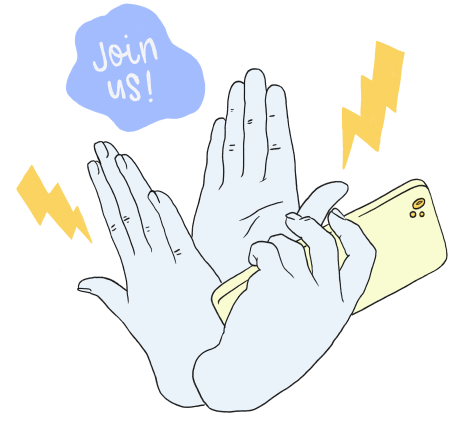
The Role of Core Needle Biopsy in Diagnosing Different Health Conditions
While most commonly associated with cancer diagnosis, the use of CNB extends to many non-cancerous conditions as well. For instance, it can detect conditions like liver cirrhosis, lung fibrosis, or kidney disease.
In cancer diagnostics, CNB serves as an invaluable tool for diagnosing various types including but not limited to breast, lung, and prostate cancer. It aids in staging cancer and planning the course of treatment.
Conclusion
In summary, Core Needle Biopsy is an extremely important tool in modern medical diagnostics. Despite the risks, its benefits significantly outweigh them, reaffirming its status as an efficient, cost-effective, safe, and minimally invasive procedure. As medical technology continues to advance, we can look forward to further developments in biopsy procedures, enhancing diagnostic accuracy and patient comfort.
Frequently Asked Questions
- What conditions can core needle biopsy be used to diagnose?
Core Needle Biopsy can diagnose various health conditions, especially types of cancer, including breast, lung, and prostate cancer. It’s also effective in diagnosing some non-cancerous conditions such as liver cirrhosis, lung fibrosis, or kidney disease.
- How accurate is the core needle biopsy procedure?
CNB is generally very accurate due to the larger sample size it collects for analysis. However, its accuracy can depend on factors like the area’s accessibility and the type of cell or tissue being investigated.
- What should one expect during a core needle biopsy procedure?
During a CNB procedure, local anesthesia is usually administered to numb the area, followed by the insertion of the core needle to obtain tissue samples. Although some discomfort may occur, it’s usually minimal and endurable. Patients typically go home the same day.
- What is the recovery timeline after undergoing a core needle biopsy?
Although the recovery period varies depending on the patient’s individual health conditions and biopsy site, most patients can resume their normal activities within a few days following the procedure. It’s essential to follow the doctor’s instructions about wound care to avoid complications.
- Can a core needle biopsy lead to the spread of cancerous cells?
The risk of cancer cells spreading due to a core needle biopsy is very low. This risk is mitigated through careful handling and procedure execution. It’s very rare that cancer spreads along the biopsy path.






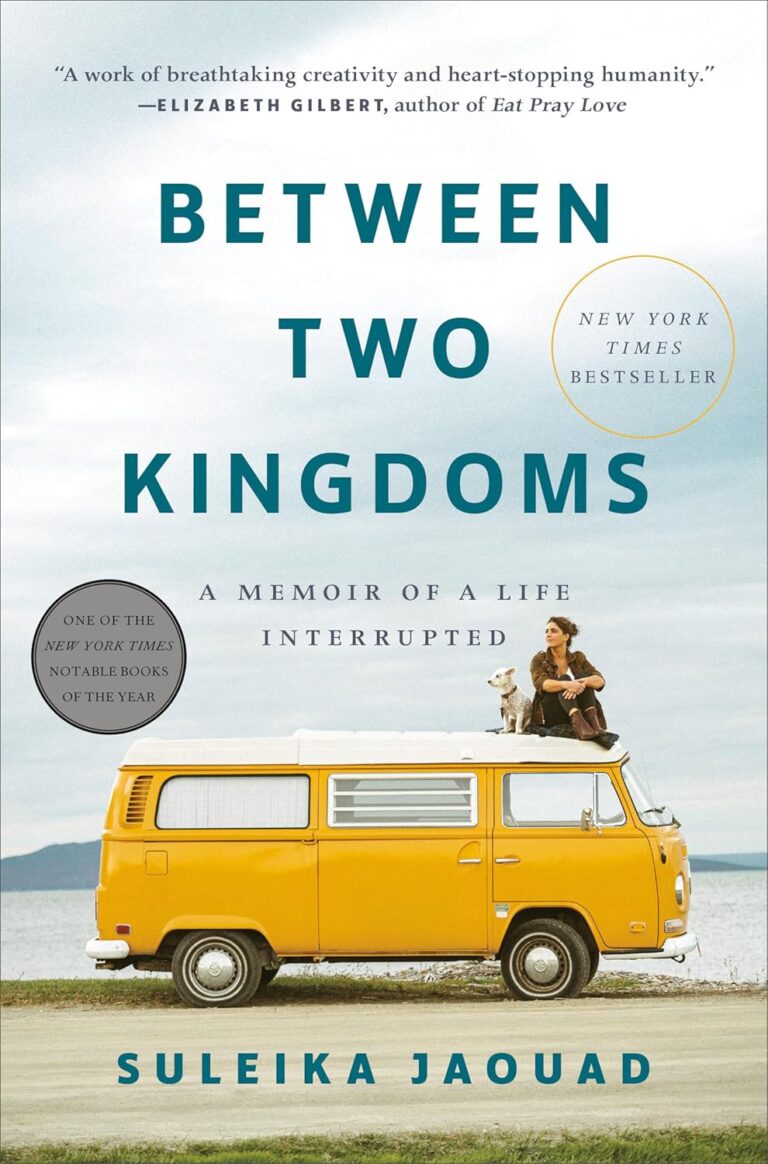


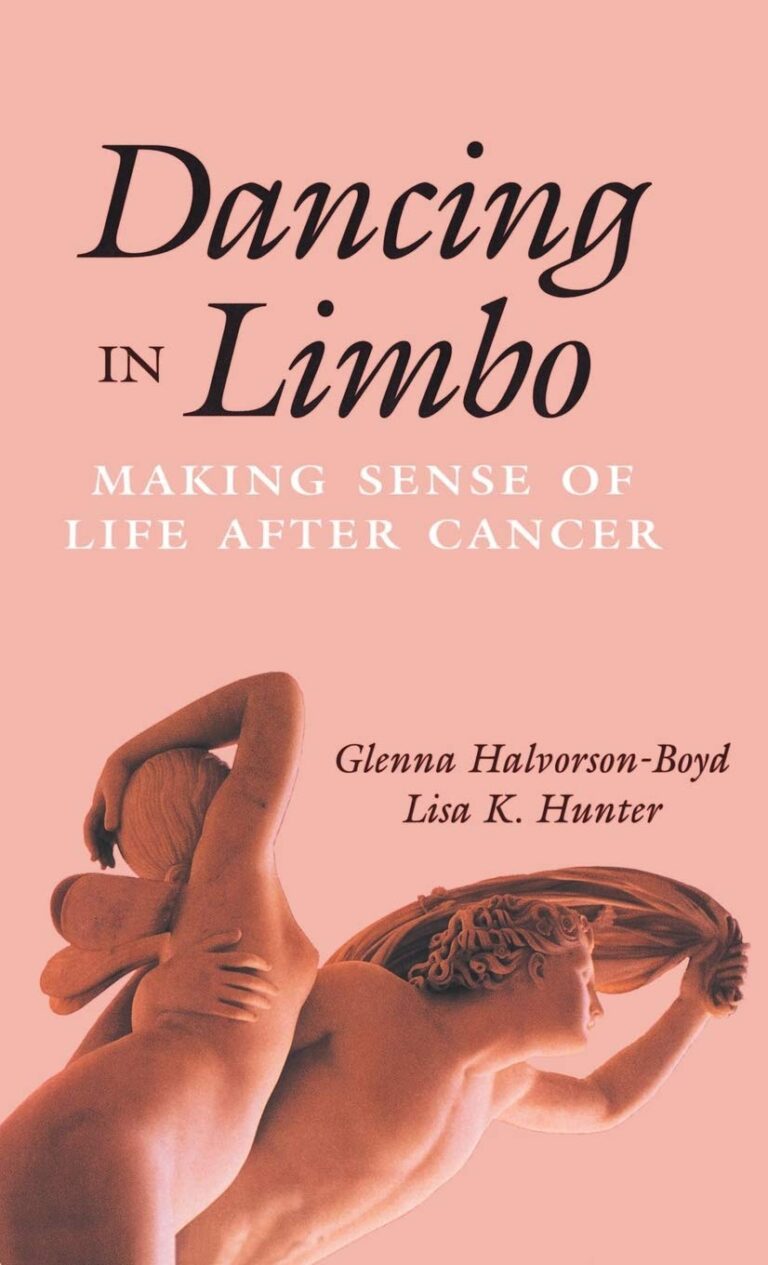

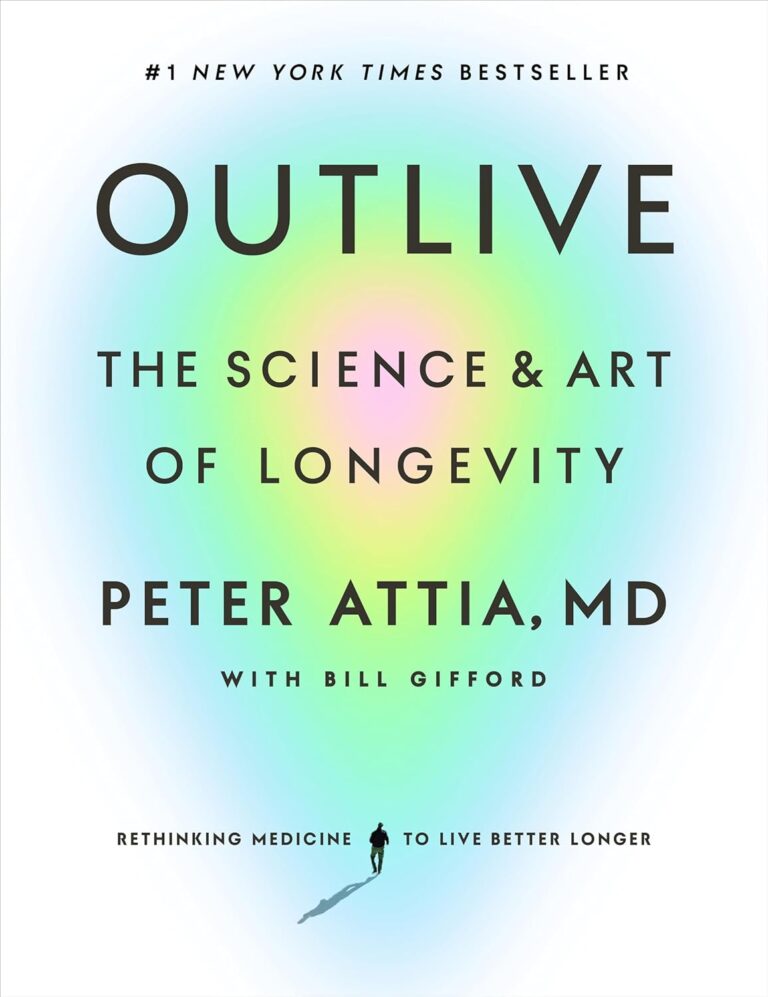

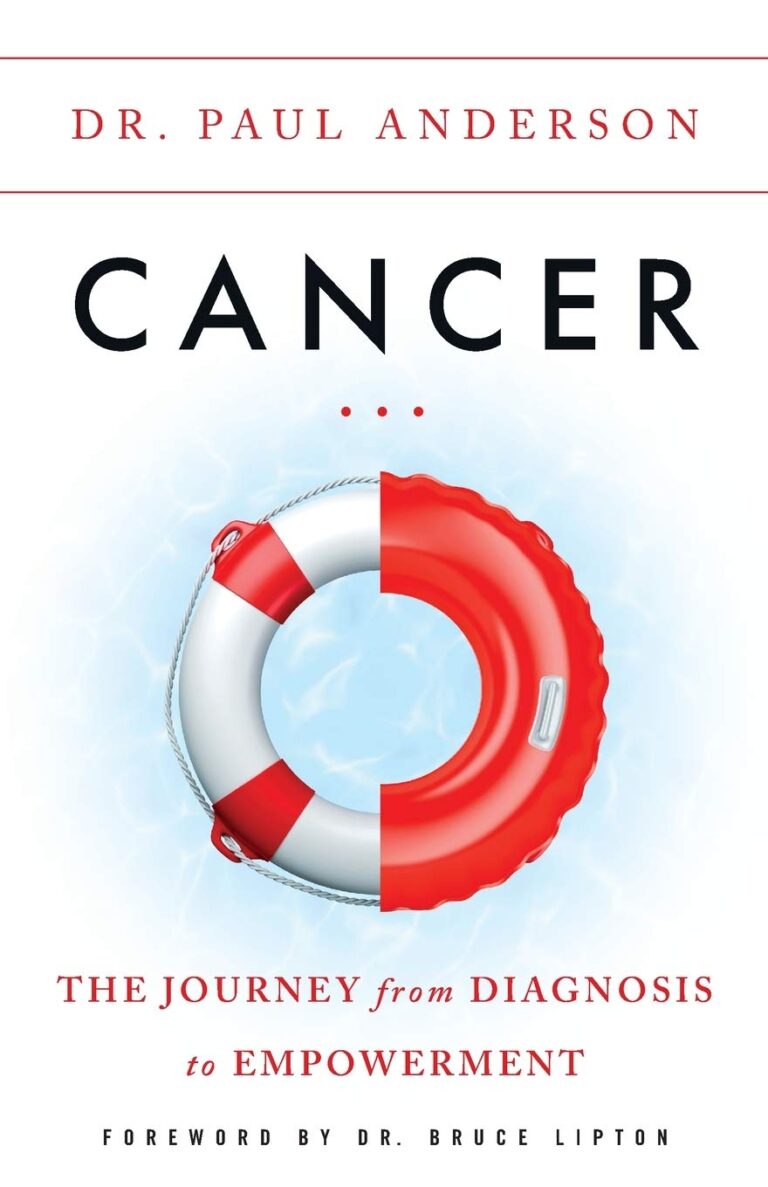
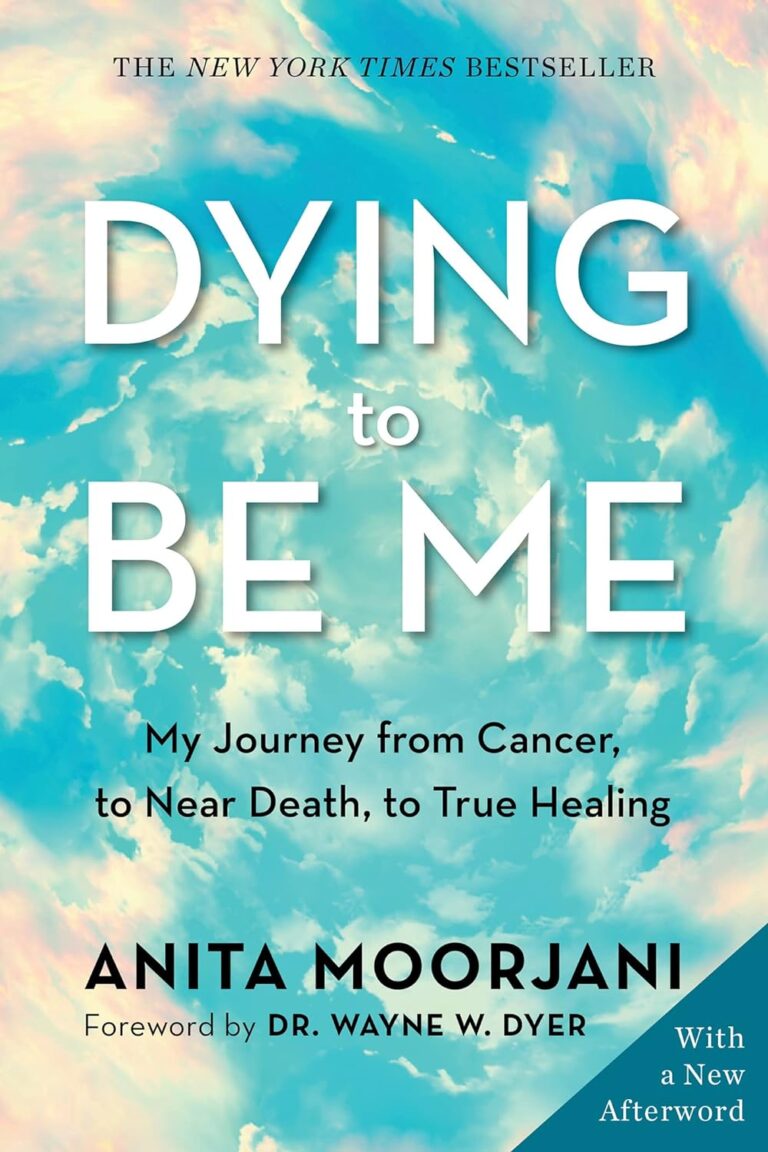

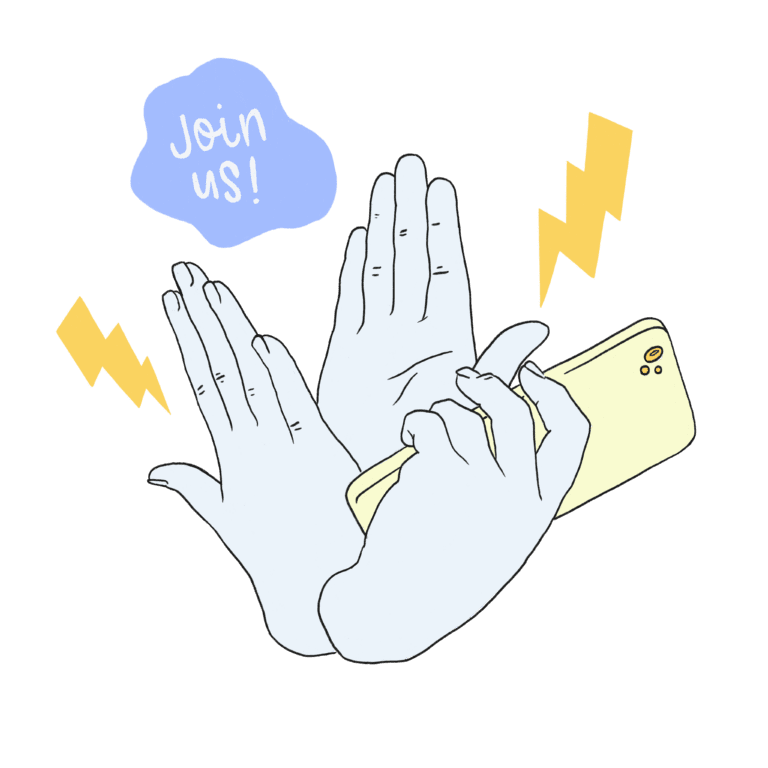
Comments
Thank you. Comment sent for approval.
Something is wrong, try again later